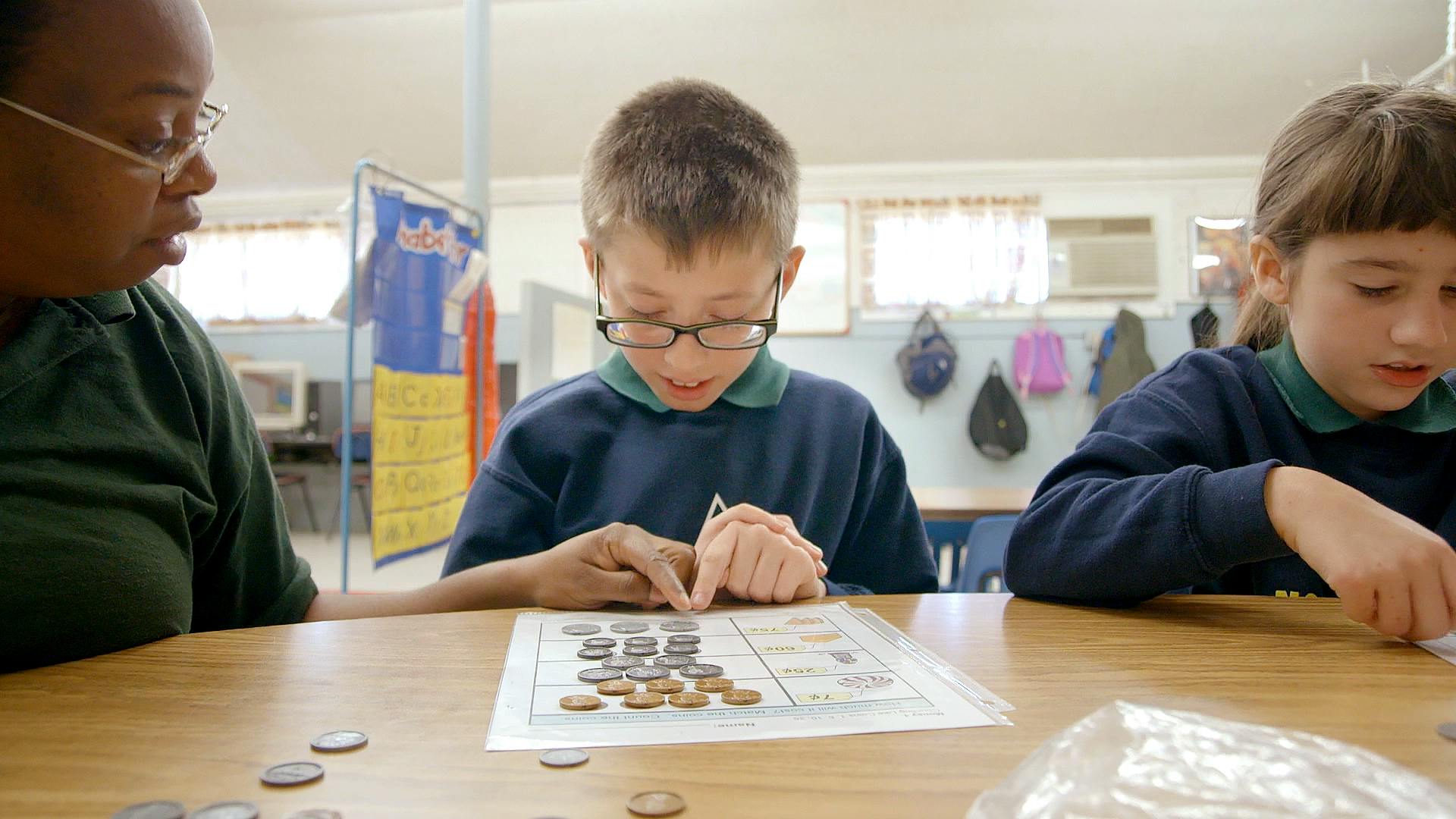California educators are raising expectations for what students with diverse learning needs can achieve. They are focused on results, not just routines. To meet that goal, teachers need instructional materials that align with California state standards, build confidence, and deliver measurable growth for every learner.
Unique Learning System (ULS) helps make that happen. ULS gives California classrooms a complete instructional framework that connects curriculum, data, and planning in one seamless experience.
In the videos below, educator Monique Homesely shares how ULS supports California classrooms through differentiated instruction, ready-to-use curriculum, and data tools that make progress clear.
By reducing workload and uncertainty, ULS helps teachers spend more time doing what they do best: teaching and connecting with students. That kind of support doesn’t just strengthen instruction; it also builds teacher confidence and retention.
The result is clear: stronger instruction, clearer insight, and better outcomes for every student and teacher.
Monique Homesely
Coordinator of Special Education
Monique Homesley is the Coordinator of Special Education for the Roseville City School District. Her passion for supporting students with extensive needs began early in her career, when she worked as an instructional assistant while earning her Special Education credential. Since then, she has taught in functional skills, autism, and county-level programs, gaining broad experience across diverse learning environments.
When every learner needs something different, teachers need the right support
ULS helps California educators teach with confidence, align to state standards, and achieve measurable results
In this video, California educator Monique Homesely shares how Unique Learning System (ULS) has become a game changer for teachers supporting students with diverse needs. She explains that ULS makes it easy to teach the same topic at different levels, helping every student access meaningful instruction.
Teachers can view all three differentiated levels at once and choose what fits their classroom, schedule, and students best. This flexibility helps educators focus less on creating materials and more on delivering instruction that builds progress over time.
The demo highlights how ULS maintains a consistent structure across grade levels, while offering built-in supports like symbol-supported text, communication boards, and text-to-speech tools. These features ensure that every student can participate and demonstrate understanding in a way that matches their skills.
With ULS, California teachers gain a reliable framework that simplifies planning and strengthens student engagement and growth.
A complete roadmap for instruction
ULS gives California teachers the curriculum foundation they need – organized, differentiated, and ready to teach
California educator Monique reflects on how ULS has changed the game for special education teachers by providing a complete, ready-to-use curriculum. She shares that before ULS, many teachers had to piece together lessons from multiple sources – or rely on sites like Teachers Pay Teachers – without a clear connection to standards or progression.
ULS solves that challenge by giving educators a consistent, standards-aligned roadmap that saves time and ensures instructional quality across classrooms.
The demo highlights ULS courses, which target foundational skills in reading, math, science, and social studies. These courses are explicit and systematic, helping teachers pinpoint gaps in skills and deliver focused instruction. Teachers can easily access lessons that meet each student’s needs without having to modify or create materials from scratch.
With ULS, California educators gain a dependable curriculum framework that lets them focus less on planning and more on teaching for growth.
Progress that’s visible, measurable, and defensible
With ULS benchmarks, California educators can track skills, monitor growth, and show impact – turning data into undeniable results
In this video, California educator Monique explains how ULS gives teachers a simple, structured way to collect data and monitor student growth. Her team meets regularly with teachers to review progress, update observational profiles, and ensure that benchmark assessments are given throughout the year.
These benchmarks help teachers identify regression, plan for extended school year services, and demonstrate measurable progress for every student.
The demo highlights how ULS GPS tools – including observational profiles, unit checkpoints, and skill-based benchmarks – that make data collection purposeful and efficient. Teachers can use these short, interactive assessments online or on paper to track IEP goals and essential skills across subject areas.
By connecting data to instruction, ULS helps teachers see growth clearly, communicate progress with families, and make informed decisions that drive results.
